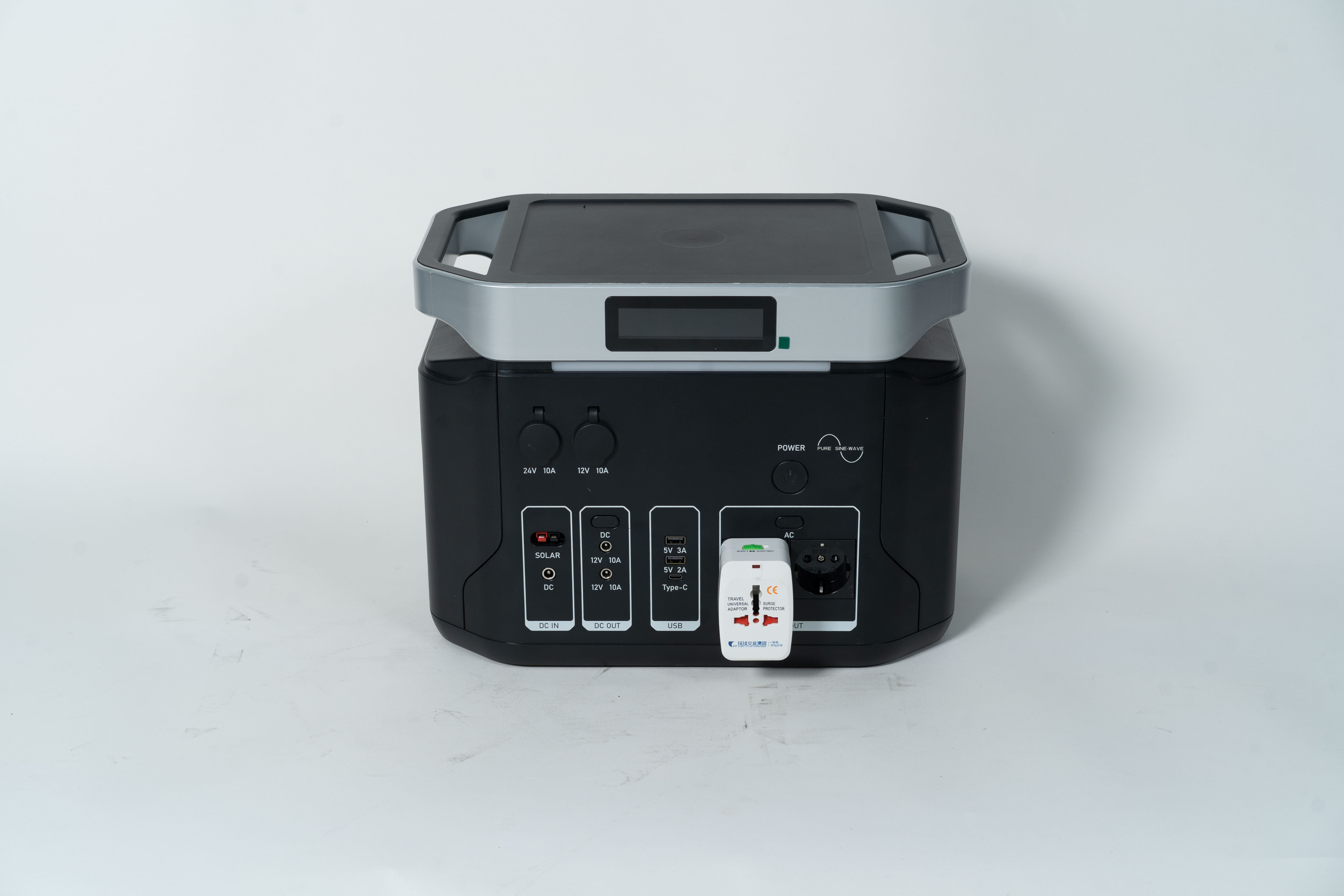Lead-acid batteries are a staple in various applications, ranging from automotive use to backup power systems. The 12V lead-acid battery is a particularly common type, found in cars, boats, motorcycles, and other vehicles. Understanding how to charge such a battery properly is crucial for its optimal performance and longevity. This article aims to provide a comprehensive guide on charging a 12V lead-acid battery.

Importance of Proper Charging
Before delving into the charging process, it's essential to understand why proper charging is crucial. Improper charging techniques can lead to battery damage, reduced capacity, and even premature failure. Overcharging, for instance, can cause excessive heat generation, electrolyte loss, and grid corrosion. On the other hand, undercharging can result in sulfation, a process where lead sulfate crystals form on the battery plates, reducing its capacity.
Charging Equipment
To charge a 12V lead-acid battery, you'll need a compatible charger. These chargers are designed to deliver the correct voltage and current to the battery, ensuring a safe and effective charge. When selecting a charger, make sure it's rated for 12V batteries and has adjustable settings to accommodate different charging rates and battery types.
Preparing the Battery for Charging
Before connecting the charger, inspect the battery for any signs of damage, such as cracks, leaks, or corrosion. If any issues are found, it's best to consult a professional before attempting to charge. Ensure the battery terminals are clean and free of debris to ensure a good connection. If necessary, use a battery terminal cleaner or a wire brush to remove any dirt or corrosion.
Connecting the Charger
Once the battery is inspected and prepared, it's time to connect the charger. Follow the charger's instructions carefully to ensure the correct polarity is used. Typically, the positive (red) lead from the charger connects to the positive terminal of the battery, and the negative (black) lead connects to the negative terminal. Ensure the connections are secure and free from any loose or exposed wires.
Charging Process
Once the charger is connected, turn it on and set it to the appropriate charging mode. Most modern chargers have automatic settings that adjust the charging rate based on the battery's condition. During the charging process, monitor the battery's temperature regularly. If it becomes excessively hot, disconnect the charger and allow the battery to cool down. Overheating can damage the battery and pose a safety risk.
Charging Completion
The charging time for a 12V lead-acid battery can vary depending on its condition and the charger's settings. Once the charger indicates that the battery is fully charged, disconnect it from the battery. It's recommended to perform a voltage check using a multimeter to confirm the battery's charge level. A fully charged 12V battery should have a voltage close to 12.7V.
Maintenance and Safety
Proper maintenance is key to extending the life of a lead-acid battery. Regularly check the electrolyte level and top it up with distilled water if necessary. Avoid overfilling, as excessive electrolyte can leak out and cause damage. Additionally, keep the battery terminals clean and free of debris to maintain a good connection.
When charging or handling batteries, safety should always be a priority. Wear protective gloves and eyewear to prevent acid splashes or battery explosions. Keep the charger and battery in a well-ventilated area to prevent the buildup of harmful gases. And never attempt to charge a frozen or damaged battery.
In conclusion, charging a 12V lead-acid battery requires careful attention to detail and the use of appropriate equipment. By following the steps outlined in this article, you can ensure your battery receives a safe and effective charge, extending its lifespan and optimizing its performance. Remember, proper charging is not just about getting the job done; it's about doing it right to protect your battery and ensure its reliability.